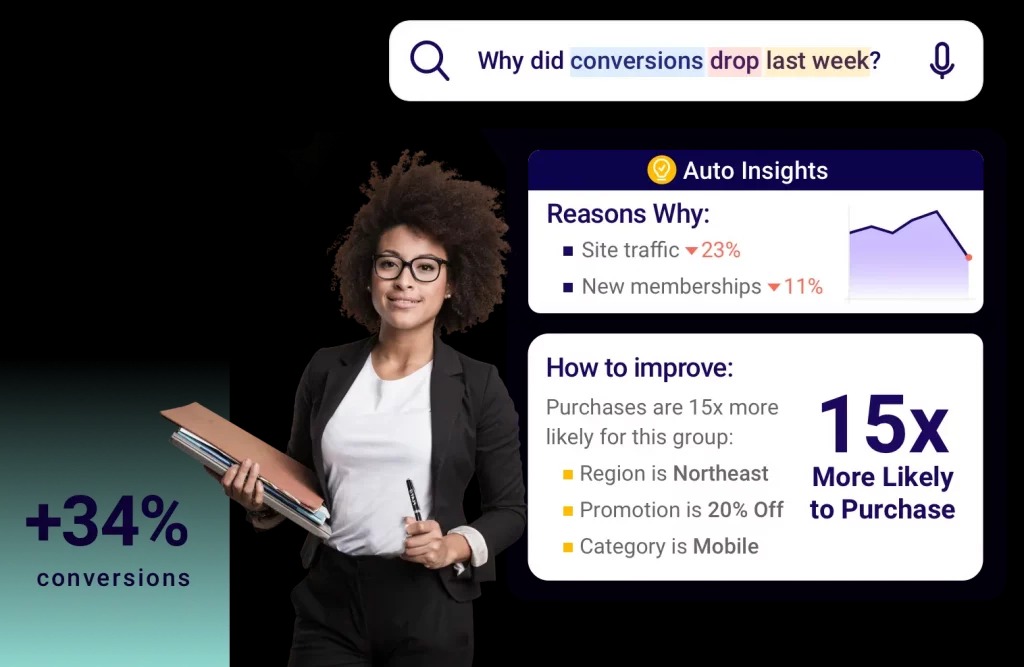In today's data-driven world, organizations across industries are increasingly relying on data analytics to make informed decisions, gain competitive advantages, and drive innovation. To harness the full potential of their data, businesses need a robust data analytics platform. In this blog, we will explore the key components and best practices for building an effective data analytics platform.
Key Components of a Data Analytics Platform:
Data Ingestion and Integration: The first step in any platform is data ingestion. This involves collecting data from various sources such as databases, APIs, logs, and external data providers. The platform should support real-time or batch processing, and data integration tools to ensure data is cleaned, transformed, and ready for analysis.
Data Storage: Efficient data storage is crucial. Options include traditional relational databases, NoSQL databases, data lakes, and cloud storage solutions. The choice depends on the volume, variety, and velocity of data your organization handles.
Data Processing and ETL: Extract, Transform, Load (ETL) processes are essential for data preparation. ETL tools help transform raw data into a structured format suitable for analysis. Modern data analytics platform often include built-in ETL capabilities or integrate seamlessly with ETL tools.
Data Warehousing: Data warehousing allows for the storage of large volumes of structured data optimized for query performance. Popular data warehousing solutions include Amazon Redshift, Google BigQuery, and Snowflake.
Analytics and Visualization Tools:
User-friendly analytics and visualization tools are critical for deriving insights from data. Look for platforms that support popular tools like Tableau, Power BI, or open-source alternatives like Apache Superset.
Machine Learning and AI Integration: To leverage advanced analytics, ensure your platform supports integration with machine learning and AI frameworks like TensorFlow or PyTorch. This enables predictive modeling, clustering, and anomaly detection.
Scalability and Performance: As your data volume grows, your platform must scale to handle it. Cloud-based solutions often provide auto-scaling capabilities, ensuring optimal performance without manual intervention.
Data Security and Governance: Data security and compliance are non-negotiable. Implement robust access controls, encryption, and audit trails. Ensure compliance with data privacy regulations such as GDPR and HIPAA.
Collaboration and Sharing: Foster collaboration by allowing users to share reports and dashboards easily. This promotes data-driven decision-making across your organization.
Monitoring and Alerting: Implement monitoring and alerting systems to proactively identify issues and bottlenecks in your data analytics pipeline. This helps maintain data quality and reliability.
Best Practices for Building a Data Analytics Platform:
Define Clear Objectives: Before building your platform, establish clear objectives for what you want to achieve with your data analytics efforts. This will guide your platform's design and implementation.
Start Small, Scale Gradually: Begin with a manageable scope and expand as needed. This approach minimizes complexity and reduces the risk of overwhelming your team.
Choose the Right Technology Stack: Select technologies that align with your organization's needs and expertise. Consider the trade-offs between open-source and commercial solutions.
Ensure Data Quality: Invest in data quality from the outset. Implement data validation and cleansing processes to prevent garbage-in, garbage-out scenarios.
Promote Data Literacy: Provide training and resources to enhance data literacy across your organization. Well-informed users can extract more value from your analytics platform.
Regular Maintenance and Updates: Data analytics platforms require ongoing maintenance. Stay up-to-date with software updates, security patches, and hardware upgrades.
Data Governance and Compliance: Establish data governance policies and procedures to maintain data integrity and compliance with regulations.
Performance Optimization: Continuously monitor and optimize your platform for performance. Identify and address bottlenecks and slow queries promptly.
User Feedback and Iteration: Encourage user feedback and iterate on your platform based on their needs and suggestions. This ensures the platform remains relevant and user-friendly.
Data Security: Implement a robust security strategy, including access controls, encryption, and regular security audits.
Building a data analytics platform is a significant investment, but it's essential for staying competitive in today's data-driven landscape. By carefully considering the key components and following best practices, organizations can create a powerful platform that empowers users to extract valuable insights from their data, driving success and innovation.


No comments yet